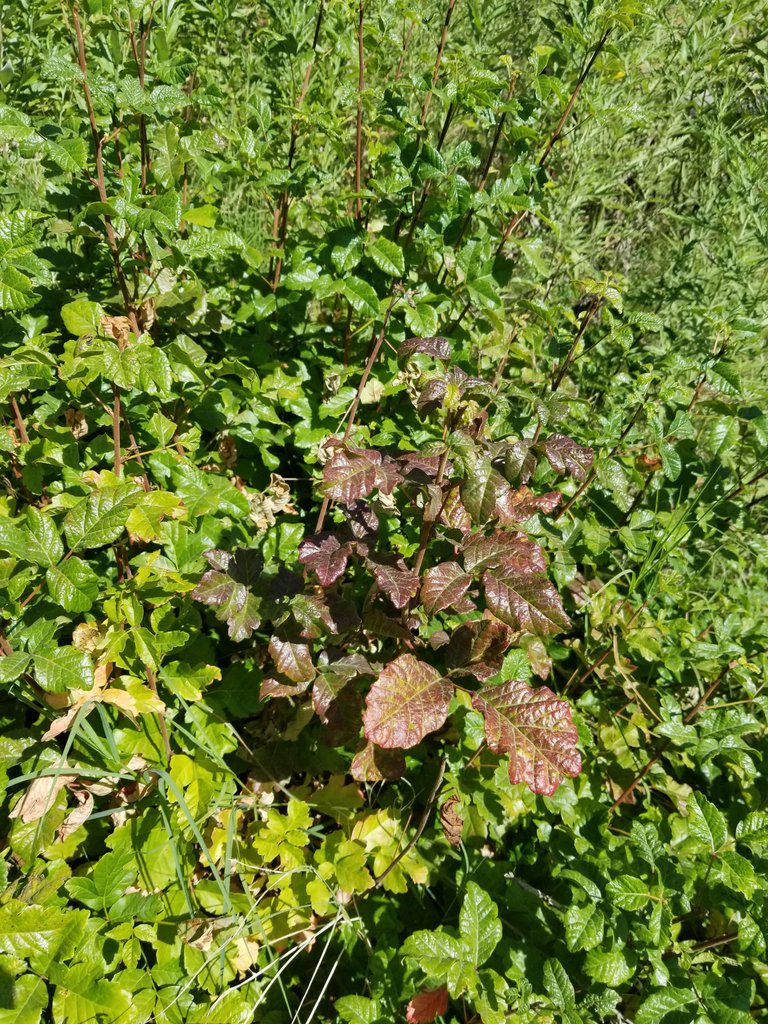Leaves of three ... leave it be ...

If you're referring to poison oak (above) this is probably a very good decision. Unless you are one of the very few with an immunity to poison oak, contact with this plant can result in an uncomfortable rash and in severe cases blisters and anaphylaxis.
Poison oak is very common in many regions of the world and grows along hiking trails, streams, and in the woods. It can "hide" in tall grass or reeds, and can even pass its poison on to other plants and animals it comes in contact with. Merely having exposed skin in a region with poison oak can expose you to its toxin.
But should you avoid all "Leaves of Three"?
If you did, and you were lost in the woods, you might end up avoiding wild Raspberry ...

Three leaves and sharp thorns seem to warn you away from this bush, but it's actually quite useful. Not only can you eat the sweet-tart berries it produces in the Spring and Fall seasons, the leaves are also a powerful topical astringent and can be brewed into a potent tea with the power to relieve menstrual cramping, or promote contractions late in labor.
Knowing what will save you, as well as what will harm you in the wilds of your world is a useful skill ...
Photos by @timeshiftarts (Beau Beach). Taken at Mission Trails Regional Park in Santee, California
Great pics and I LOVEEEE the rasberries ! never knew the tree was a poisionous ! thanks for sharing :) you got my follow and upvote !
Raspberry bushes aren't poisonous, but the leaves are a drug. In high concentration they were used for abortions in the middle ages.
Wow I never knew !! thanks for sharing :D